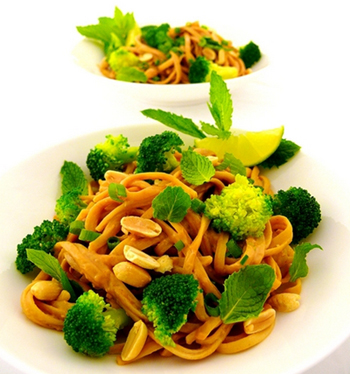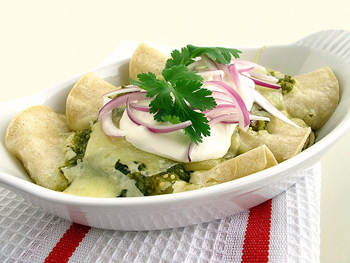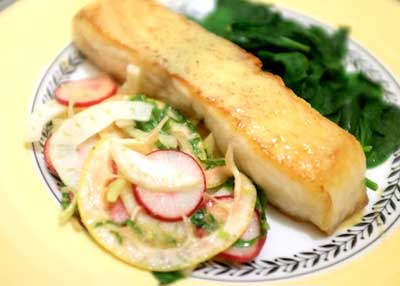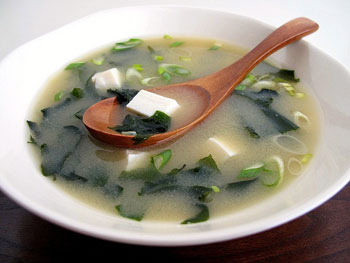 While I was staring aimlessly into the cupboard the other night, looking for my daily dinner inspiration, I came across four jars of peanut butter. I had crunchy, creamy, smooth and natural. The point was I needed to do something with them. Peanut butter and jelly wasn’t going to cut it, unless I wanted a mutiny on my hands. Since I love a good peanut sauce, I figured that was the direction I was heading. Before I knew it, Fragrant Peanut-Lime Noodles graced my dinner table. I decided not to make them spicy since it was a family meal but a few red pepper flakes could definitely give you the heat, if so desired.
While I was staring aimlessly into the cupboard the other night, looking for my daily dinner inspiration, I came across four jars of peanut butter. I had crunchy, creamy, smooth and natural. The point was I needed to do something with them. Peanut butter and jelly wasn’t going to cut it, unless I wanted a mutiny on my hands. Since I love a good peanut sauce, I figured that was the direction I was heading. Before I knew it, Fragrant Peanut-Lime Noodles graced my dinner table. I decided not to make them spicy since it was a family meal but a few red pepper flakes could definitely give you the heat, if so desired.
The sauce is creamy and clings nicely to the linguini. With added broccoli, you have your vegetables covered and the peanuts add a nice crunchy texture. Mealtime was a smashing success and everyone walked away from the table content. The best part, this dinner comes together easily for a quick, weeknight meal while packing a weekend punch.

 Since I love pretty much all Mexican food, it would be hard for me to pick a favorite, but I particularly love any dish poured over with salsa verde, made of tomatillos. This fresh, slightly tart, and bright green sauce is so aromatic and flavorful, that you can't help but think of Mexico. Sometimes, though it's hard to differentiate between authentic Mexican and Tex-Mex recipes. Many foods that are popular in American culture are interpretations of Mexican foods. Just think of nachos, burritos, and chili. But no matter the actual origin of these foods, they all taste great due to the familiar Mexican flavors.
Since I love pretty much all Mexican food, it would be hard for me to pick a favorite, but I particularly love any dish poured over with salsa verde, made of tomatillos. This fresh, slightly tart, and bright green sauce is so aromatic and flavorful, that you can't help but think of Mexico. Sometimes, though it's hard to differentiate between authentic Mexican and Tex-Mex recipes. Many foods that are popular in American culture are interpretations of Mexican foods. Just think of nachos, burritos, and chili. But no matter the actual origin of these foods, they all taste great due to the familiar Mexican flavors. It’s not everyday that you get the chance to try a fish you’ve never even heard of before. Last week I cooked paiche (pie-chay) a fish from the Amazon, also known as arapaima or pirarucu. Freshwater paiche are huge, growing be up to near 500 pounds, and breathe through lungs rather than gills. Considered a prehistoric fish, the flesh is very firm, but also rich and high in omega-3 fatty acids.
It’s not everyday that you get the chance to try a fish you’ve never even heard of before. Last week I cooked paiche (pie-chay) a fish from the Amazon, also known as arapaima or pirarucu. Freshwater paiche are huge, growing be up to near 500 pounds, and breathe through lungs rather than gills. Considered a prehistoric fish, the flesh is very firm, but also rich and high in omega-3 fatty acids. Miso soup is a traditional Japanese comfort food that has gained popularity throughout the world. Here in the United States, it entered the zeitgeist along with sushi and sake when Japanese cuisine became popularized in the 1980s. In Japan, miso soup is eaten by everyone everyday and is as popular as tea. Most Westerners tend to find it difficult to appreciate miso soup, to say the least. It's just one of those foods that is either loved or hated. But for me it's a soup I've been trying to come to terms with for many years. Whenever I've had miso soup I've always hated it, but sometimes I've almost liked it. I've learned that depending on the restaurant and depending on the preparation and the paste used, miso soup can be very different.
Miso soup is a traditional Japanese comfort food that has gained popularity throughout the world. Here in the United States, it entered the zeitgeist along with sushi and sake when Japanese cuisine became popularized in the 1980s. In Japan, miso soup is eaten by everyone everyday and is as popular as tea. Most Westerners tend to find it difficult to appreciate miso soup, to say the least. It's just one of those foods that is either loved or hated. But for me it's a soup I've been trying to come to terms with for many years. Whenever I've had miso soup I've always hated it, but sometimes I've almost liked it. I've learned that depending on the restaurant and depending on the preparation and the paste used, miso soup can be very different. I was recently asked by Heinz 57 Sauce and the folks at Good Bite what my favorite “flavor twist” was. They wanted to know what simple addition could be made to meals that would take them from simple to special. The answer was easy – Smoked Paprika.
I was recently asked by Heinz 57 Sauce and the folks at Good Bite what my favorite “flavor twist” was. They wanted to know what simple addition could be made to meals that would take them from simple to special. The answer was easy – Smoked Paprika.